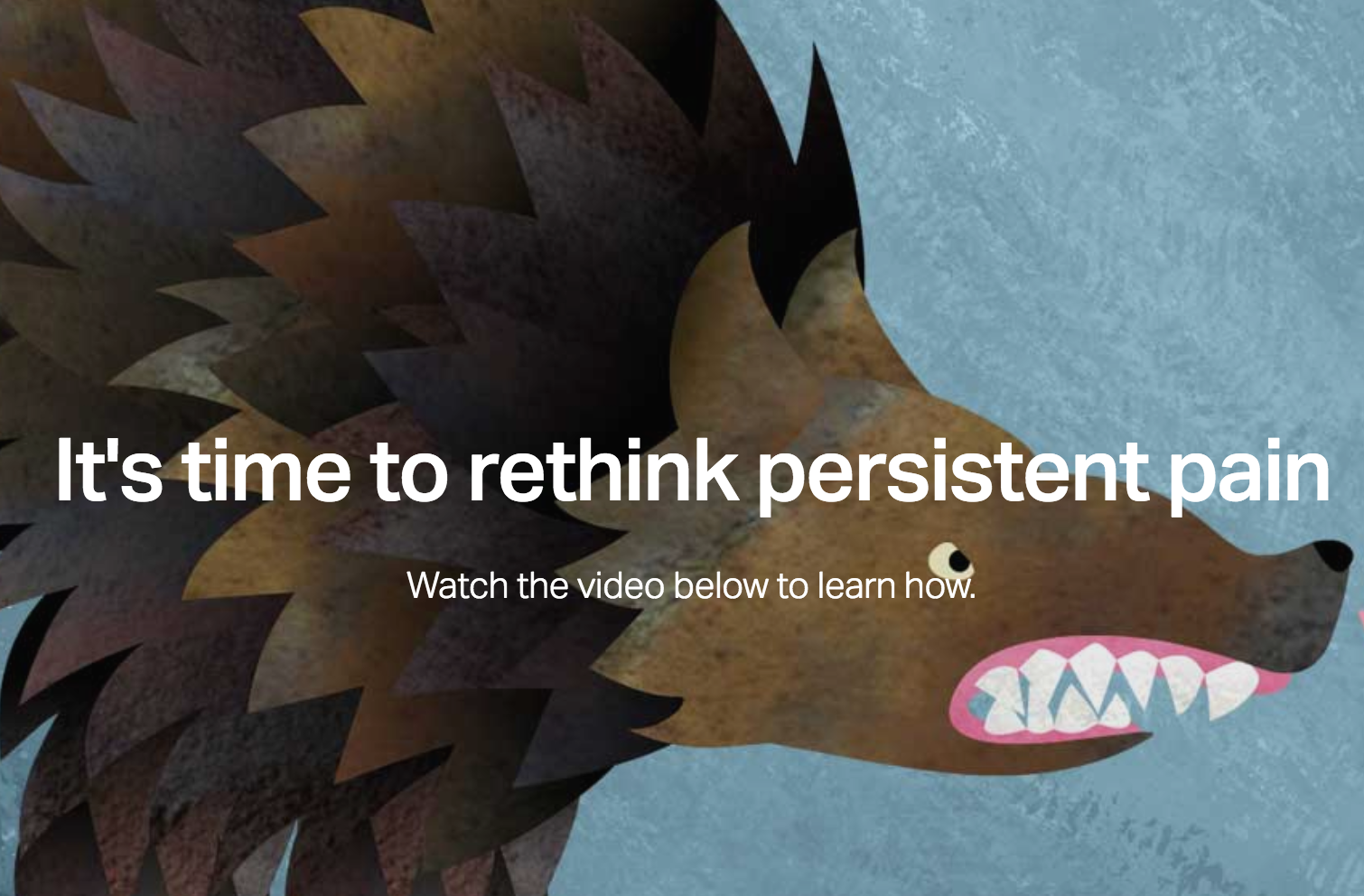The standing desk.
The standing desk was a particularly smart idea. Better health, and better productivity. Win-win.
Sitting is a public health concern. Research clearly shows that regular sitting increases your risk of chronic disease with a similar magnitude to cigarette smoking. Daily exercise is likely to offset this, but many people fall short of daily exercise quotas.
Read More
Part 3: Thoughts to consider when treating pain.
If you have read the previous posts in this series you will have an appreciation for the complexity of pain. It is not a simple cause and effect, 'stub-your-toe-and-it-hurts' phenomenon. Instead, pain is an intricate protective mechanism. It is generated by your brain to look after you, and will protect you from real or perceived danger. And because of this, pain can exist with or without tissue injury. This is really significant. Just because it hurts, doesn't mean there is injury. Injury is not required or sufficient to cause pain.
Read More
Part 2: What is pain, and why does it hurt?
Pain is an elaborate protective mechanism. It captures attention, and changes behaviour. And of course, it hurts.
Here is the current, accepted definition of pain. 'An unpleasant sensory and emotional experience associated with actual or potential tissue damage, or described in terms of such damage (IASP 1994)'. It's a mouthful. But it makes clear that pain can occur with or without tissue damage, i.e. actual or perceived tissue damage.
Read More
Part 1: Opening a discussion on pain.
Pain is the most common reason for people to visit us. And although pain can influence movement and function, people are generally most interested in resolving their pain. The common thought is, 'when my pain goes away I will move better'.
An alternative view is, 'when I move better my pain will go away'.
Read More



